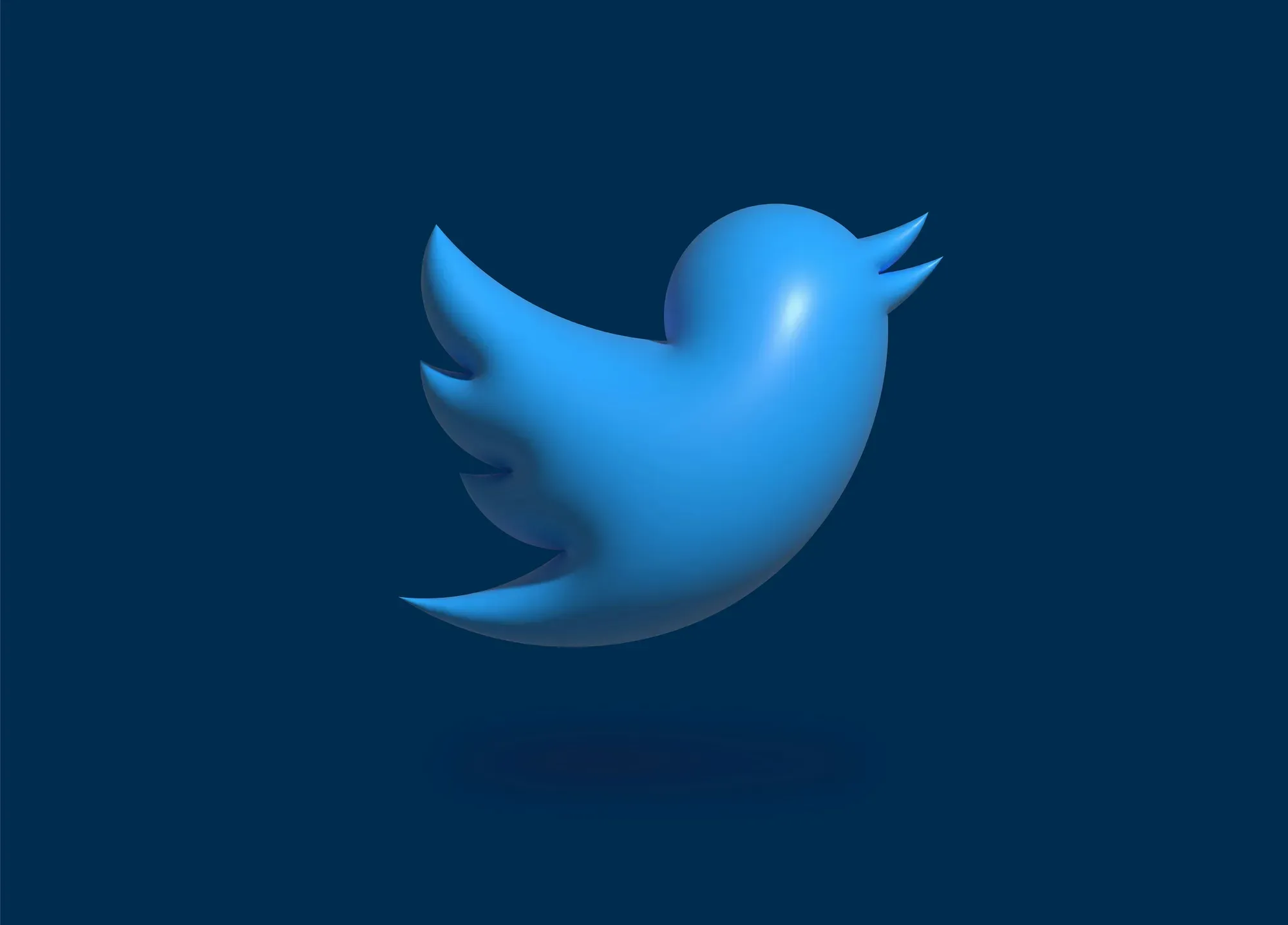Welcome to the Protestant Reformation of Social Media

In 1517, Martin Luther nailed his 95 theses to the door of All Saints’ Church in Wittenberg, fracturing the unified Catholic hierarchy that had dominated European spiritual and social life for centuries.
In 2022, Elon Musk bought Twitter for $44 billion, and we’re still dealing with the aftermath.
These things seem unrelated, sure. But they share a parallel: both represent the shattering of a universal status hierarchy into competing fragments. And both tell us something interesting about how humans organize themselves at scale.
The medieval Catholic Church was both a religious institution — and the first successful attempt at building a truly scalable non-military organizational operating system.
Picture yourself as a medieval bishop traveling from Normandy to Naples.
The moment you walk into any monastery, everyone knows exactly who you are, what powers you have, and where you sit in the grand ecclesiastical hierarchy.
This was revolutionary. In a world where most power was intensely local — based on who could gather the most armed men or claim the most fertile valleys — the Church created a universal status framework that transcended feudal boundaries.
It didn’t matter if you were in Portugal or Poland; the rules were the same.
Twitter, in its heyday, served a similar function for what we might call the “digital clerisy” — the loose confederation of journalists, academics, tech workers, and extremely online intellectuals who shaped public discourse.
Your follower count was your precise position in a massive social hierarchy. Someone with 50,000 followers occupied a clearly defined space relative to someone with 5,000 or 500,000.
Even if you claimed to reject this system (and many did, loudly and often), you were still playing the game. Just as medieval heretics defined themselves in opposition to the Church, Twitter critics operated within the very framework they criticized.
The platform’s power wasn’t in its perfection — it was in its universality. A New York Times columnist and a pseudonymous shitposter might play in different leagues, but they were playing the same sport, with the same rulebook.
And then came the schism.
We’re living through what feels like a Protestant Reformation of social media. Each new platform — Threads, Mastodon, Bluesky, Post — is its own denomination, complete with distinct status games and hierarchies. You might be a cardinal on Mastodon and a peasant on Threads.
The shared context that made Twitter so powerful has fractured into a thousand microverses of influence.
This fragmentation has profound implications. When a tweet went viral in Twitter’s golden age, it was like a papal bull — universally seen, universally acknowledged, universally debated.
Now, even the most “viral” moments feel more like local folklore — intensely important within one platform’s bubble but virtually invisible outside it.
The obvious counterargument here is: isn’t this healthy? Isn’t it better to have multiple competing platforms instead of one monopolistic status game?
Maybe. There’s certainly a case for it. A pluralistic landscape creates new opportunities and allows marginalized voices to find their own spaces.
The Protestant Reformation, for all its chaos, eventually led to religious pluralism and new forms of social organization. R. J. Yeatman and W. C. Sellar might have called it A Good Thing.
Perhaps we’re heading toward a similar future in our digital spaces — more chaotic and fragmented, but with more fertile ground for new ideas and ways of organizing.
The hard part is figuring out how to maintain enough shared context for meaningful discourse while embracing the benefits of platform pluralism. If history is any guide, this transition period is going to be messy, confusing, and occasionally (ahem) hostile.
But hey, at least no one’s getting burned at the stake this time.
Yet.
Discussion